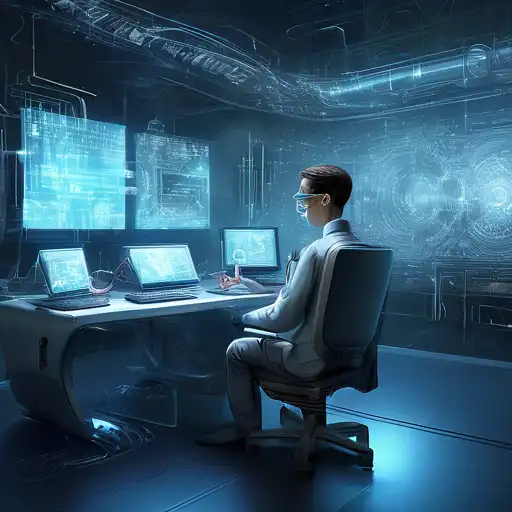Introduction to Computer Vision Technology
Computer vision technology has undergone significant transformations over the past few years, revolutionizing how machines interpret and understand visual information. This advancement is not just a leap in artificial intelligence but a cornerstone for future technological innovations.
The Evolution of Computer Vision
From basic image recognition to complex scene understanding, computer vision has evolved to mimic human vision capabilities. Early systems relied on simple algorithms, but today's technologies leverage deep learning and neural networks to achieve unprecedented accuracy.
Key Advancements in Computer Vision
- Deep Learning Models: The introduction of convolutional neural networks (CNNs) has significantly improved the accuracy of image recognition tasks.
- Real-time Processing: Advances in hardware and software have enabled real-time analysis of video streams, opening new avenues for surveillance and autonomous vehicles.
- 3D Image Reconstruction: Modern computer vision can reconstruct three-dimensional scenes from two-dimensional images, enhancing virtual and augmented reality experiences.
- Edge Computing: By processing data locally on devices, computer vision applications have become faster and more privacy-conscious.
Applications of Advanced Computer Vision
The applications of computer vision are vast and varied, impacting numerous industries. In healthcare, it aids in diagnostic imaging and patient monitoring. Retail benefits from enhanced customer experiences through personalized recommendations and cashier-less stores. Meanwhile, in agriculture, computer vision helps in crop monitoring and yield prediction.
Challenges and Future Directions
Despite its advancements, computer vision faces challenges such as data privacy concerns and the need for large datasets for training. However, ongoing research in areas like few-shot learning and unsupervised learning promises to address these issues, paving the way for more accessible and efficient systems.
Conclusion
The advancements in computer vision technology are not just enhancing current applications but are also unlocking new possibilities across various sectors. As we continue to innovate, the future of computer vision looks brighter than ever, promising to further blur the lines between human and machine perception.
